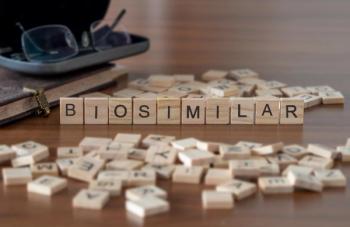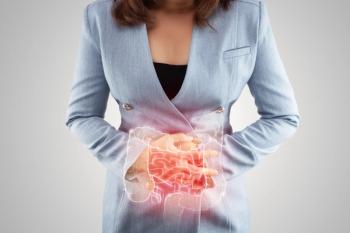
Study Examines High-Dose Buprenorphine Therapy in Emergency Departments
High-dose buprenorphine therapy, provided under emergency department care, is safe and well-tolerated in patients with opioid use disorder, according to study results.
High-dose buprenorphine can be safely used as therapy for opioid use disorder (OUD) in emergency department (ED) settings, according to a study supported by the National Institutes of Health’s National Institute on Drug Abuse.
Lower doses of buprenorphine, a medication approved by the FDA to treat opioid use disorder, are the current standard of care. Buprenorphine is an opioid partial agonist used to treat opioid addiction. The effects are less than full opioid agonists.
The results of the study, which was published in JAMA Network Open, showed that elevated doses of the medication may provide extended withdrawal relief to patients after being discharged from the ED. This can help patients with OUD navigate barriers to getting these medications, as well as enhance access to care.
In this study, researchers used a retrospective chart review to analyze data from electronic health records documenting 579 emergency department visits at the Alameda Health System‒Highland Hospital in Oakland, California, made by 391 adults with OUD in 2018.
Many of the patients were from vulnerable populations, with 23% experiencing homelessness and 41% having a psychiatric disorder. Most patients were male (68%). Forty-four percent of patients were Black, and 15% were Hispanic or Latino.1
The data analysis showed that, in 63% of cases, the clinicians administered more than the standard upper limit of 12 mg of sublingual buprenorphine during ED induction. In 23% of cases, patients were given 28 mg or more. Higher doses of buprenorphine were safe and tolerable, and among those given the higher doses, there were no reports of respiratory problems or drowsiness— possible adverse effects of the medication, according to the study.
EDs are vital in treating patients with OUD and helping them overcome barriers to recovery, such as withdrawal. Providing buprenorphine in ED settings allows expanding access to treatment. This is especially true in underserved populations, in which supplementing urgent care with a link to outpatient services may ultimately improve long-term outcomes. Some EDs already use higher doses of buprenorphine for the treatment of withdrawal and OUD as there has been an increase in the potency of illicit opioid drug supply and delays in access to follow-up care among patients.
Studies show that instituting high-dose buprenorphine in EDs improves commitment to treatment and has cost-effective benefits, but hurdles to the medication’s use exist. At the time of the study, there were strict controls on buprenorphine prescribing. Although clinicians could dispense the medication in the ED, only those who had fulfilled the federal certification requirements related to training and ancillary services needed to obtain a buprenorphine prescribing waiver could provide a prescription upon discharge.2
Patients released without a prescription for buprenorphine can experience a continuation of withdrawal symptoms before they access follow-up care. Recent changes to prescribing guidelines by the US. Department of Health and Human Services now allows some clinicians treating up to 30 patients to prescribe buprenorphine without the previous training and services criteria. However, once discharged, many individuals have difficulty linking to follow-up medical care.
“Adjusting the timing and dosage of buprenorphine in the emergency department, along with resources and counseling aimed at facilitating the transition to outpatient services, may provide the momentum needed to access continuing care,” Andrew A. Herring, MD, of Highland Hospital Department of Emergency Medicine, said about the study findings.3
This study further supports the evidence known about ED buprenorphine induction and could be vital in addiction treatment for vulnerable populations who would likely benefit from a rapid induction at the time of the visit. With proper support and training, emergency medicine providers may safely and effectively initiate high-dose buprenorphine therapy, the researchers concluded.1
Reference:
1.Herring AA, Vosoogi AA, Luftig J, et al. High-dose buprenorphine induction in the emergency department for treatment of opioid use disorder. JAMA Network Open. doi: 10.1001/jamanetworkopen.2021.17128
2. Buprenorphine. Substance Abuse and Mental Health Services Administration. Updated May 14, 2021. Accessed July 19, 2021. https://www.samhsa.gov/medication-assisted-treatment/medications-counseling-related-conditions/buprenorphine.
3. Emergency department-administered, high-dose buprenorphine may enhance opioid use disorder treatment outcomes. News release. National Institutes on Drug Abuse; July 15, 2021. Accessed July 20, 2021.
Newsletter
Pharmacy practice is always changing. Stay ahead of the curve with the Drug Topics newsletter and get the latest drug information, industry trends, and patient care tips.










































































































































































































